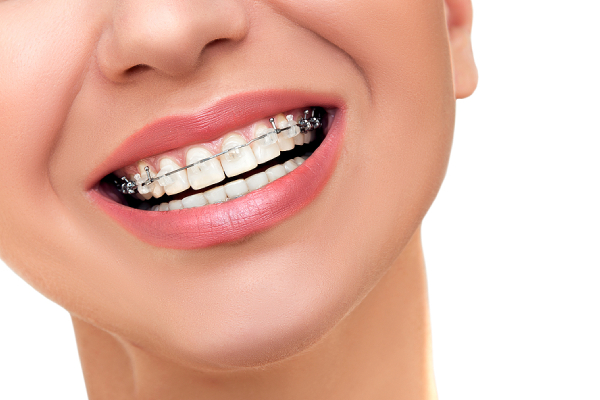
Nowadays, almost everyone wants to have a dazzlingly white and symmetrical set of teeth. Getting those pearly whites to sparkle is straightforward enough with dental whitening, but the same can’t be said when it comes to choosing the right mode of orthodontic treatment.
People typically choose between Invisalign and traditional metal braces to give a perfect smile, and those who opt for the former are fairly confident in their decision at first. Then again, a few may have second thoughts after actually experiencing the challenges of having conventional braces. Understanding how many of these pain points Invisalign resolves makes it easy to see why some people would want to make the switch. That said, is it even possible to do so in the first place? And if the answer is yes, can it be done mid-treatment?
Read on as we tackle these questions and everything else you should know.
The Pros and Cons of Metal Braces vs Invisalign
Changing your orthodontic treatment from braces to Invisalign aligners comes with unique benefits and shortcomings, but the most important thing to keep in mind is that not everyone may be able to have this option.
Before that, let us explore the pros and cons of each treatment option first. For starters, metal braces are the most effective way of fixing virtually all kinds of orthodontic issues since they work 24 hours a day. They are glued firmly on the teeth, so the wires can transmit forces very efficiently to the teeth, ensuring patients get their perfect smile sooner than later. However, this comes with the downsides of having a conspicuous dental appliance attached to one’s teeth at all times and getting to grips with temporary diet restrictions. Moreover, there is also the risk of the wires breaking at inopportune times when one is not careful while eating.
Meanwhile, Invisalign has none of these disadvantages as their removable nature means patients can still keep enjoying their favourite foods and beverages, plus their transparency ensures they no longer have to be self-conscious of their looks. Still, there are a few rules one must abide by to get the intended results, such as keeping them on for at least 22 hours per day and maintaining good oral hygiene.
Who Can Switch To Invisalign?
As you may have been briefed by your orthodontist, Invisalign is not as effective at moving teeth compared to metal braces since they do not have such a good grip on the teeth. However, if you are already midway through your braces treatment, that deficiency may no longer be so critical. By this time, the braces would have significantly pushed the teeth towards the desired position. If the metal braces have done enough of the required tooth movement according to your orthodontist’s treatment plan, he or she may agree that Invisalign can take it from there. However, if your dentition still shows features like non-erupted teeth or displaced canines that have not moved far enough, they will decline your request.
In addition to the state of your progress, there is also the cost to consider. Switching to Invisalign requires making a bigger investment on your smile as it involves making a new set of aligners upon reaching certain progress milestones.
What About The Other Way Around?
Much like braces users, some Invisalign patients may struggle to keep up with their treatment’s obligations. Chief of these difficulties is reaching the recommended hours of usage as well as generally taking care of the aligners. This includes keeping them away from environmental hazards like heat, making sure they don’t get lost, and staying on top of their maintenance.
For those who cannot see to all these tasks or want to get their perfect set of teeth much faster, the opportunity to switch to braces is always available. Hopefully, patients who make the switch can adapt to a different mode to keep their oral hygiene and braces clean, as well as have no issues with having to steer clear of certain foods for a short while.
Conclusion
Switching from traditional metal braces to Invisalign is something that more and more people are getting interested in as they seek a more comfortable and discreet method of fixing their teeth. However, it’s essential to meet certain prerequisites, such as having completed most of the alignment process with metal braces and ensuring that Invisalign is suitable for your specific dental needs. Consulting with your orthodontist will help you determine the best course of action for making the switch.
